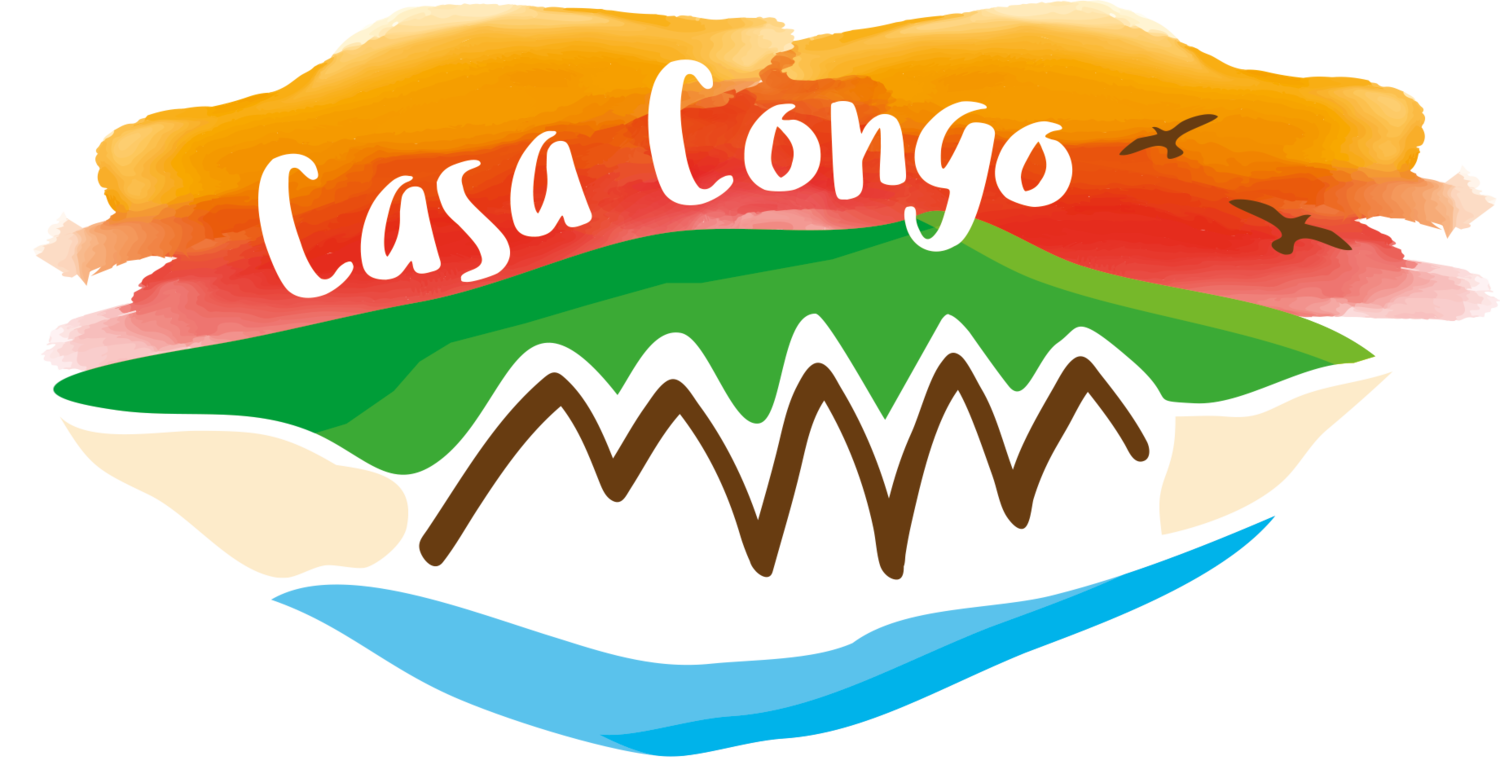Oceanos Iluminados
Seven species of sea turtles swim in the world’s oceans. They’re all admired for their beauty, but threatened by anthropogenic activities. Four of the seven know the Rio Escalante Chacocente Wildlife Refuge, located along the Pacific Coast of Nicaragua, as an essential habitat (Hope 2002). Each year, thousands of female Olive Ridley (Lepidochelys olivacea) sea turtles come to this shoreline to lay their eggs, a phenomenon known as “arribadas,” meaning, “arrivals,”. The event serves as a magnificent spectacle for some and a valuable resource for others.
The Oceanos Iluminados project is a research initiative managed by Casa Congo with marine biologist Alli Cutting to analyze one of the key threats to marine turtles: bye catch.
In Nicaragua, turtle eggs are known as a delicacy and henceforth carry both economic and cultural value. Particularly for small, impoverished, coastal communities, eggs have served as a readily accessible source of income and food. To put their worth in perspective, one nest can be valued up to $30 USD – the average monthly income is $100 USD (values based on community survey, 2018). Since 2005, harvesting sea turtle eggs has been illegal. Despite financial fines, risk of arrest, and military intervention, community members around Chacocente still kill turtles or poach their eggs.
Continued illegal wildlife hunting, trading (IWT) and bycatch are devastating for sea turtle populations and incredibly risky for citizens. Furthermore, these acts are damaging to the entire marine ecosystem, as sea turtles aid in maintaining productive seagrass beds, coral reefs and in transporting nutrients from marine to terrestrial ecosystems. These underwater habitats are essential for many valuable species including tuna, lobster, and shrimp . Given that Astillero and the surrounding coastal communities are fishing villages and dependent on these other species as the primary source of income, IWT and bycatch of sea turtles may have a direct and long term negative effect on poachers and fishermen.
To shed light on the issues (hence the project’s name Oceanos Iluminados, “lighting the ocean”) around sea turtle interaction with fishermen in the area, we established an observer program to collect catch data. From June to December 2018, three members of the community were employed as observers and received training in fish identification, sea turtle management, sampling methods and data collection procedures.
21 panga boats in total were covered, approximately 20% of the fishing fleet with three observers at sea.
A special mention goes to Alli Cutting. Thanks to a young explorer grant from National Geographic, she was able to travel to Nicaragua and oversee the research activities from start to finish. Her work, which was featured in the 2021 International Ocean Film Festival, has made a real impact in educating the fishermen community and supporting the Nicaraguan ministry of environment with data to implement mitigation measures for turtle conservation.

“Working with Casa Congo and the local fisheries to address such a critical issue for turtle conservation has been a life changing experience for me. From long nights out with fishermen to amazing moments living in the community, my research couldn’t have been possible without the support of all the lovely local people”
Alli Cutting






